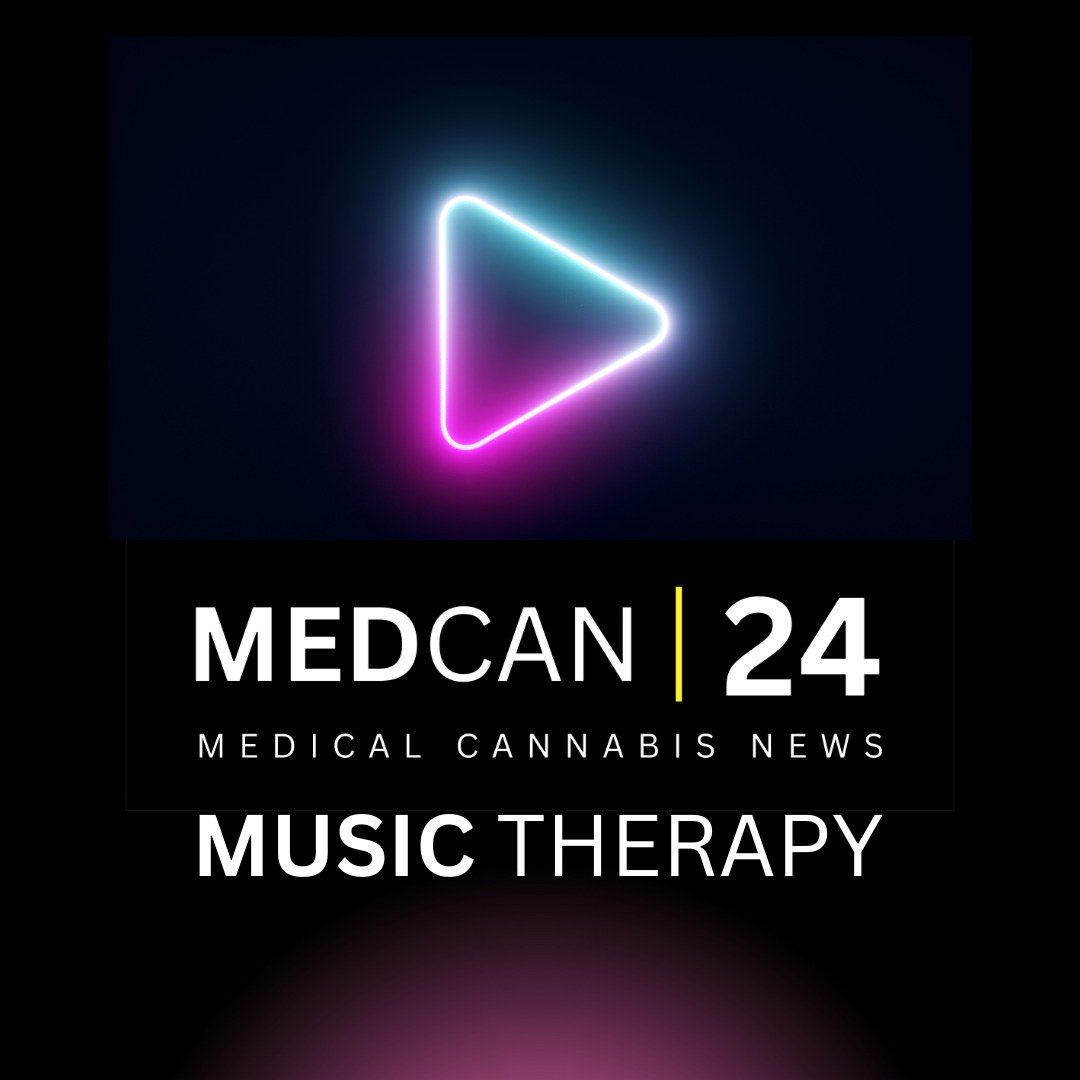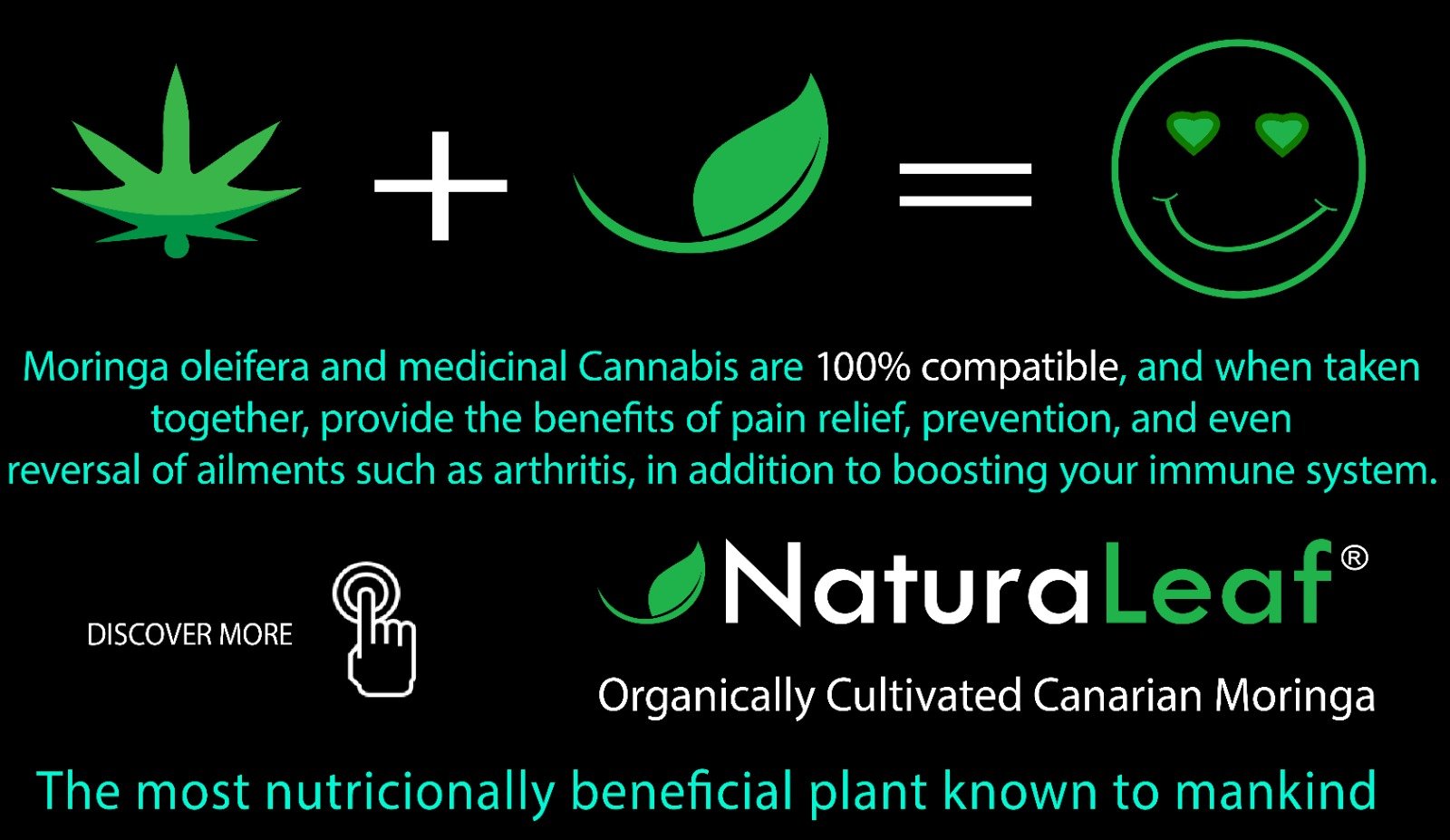It is frustrating, but not surprising that federal agencies are repeating the same failure with 7-OH.
By Caro Freinberg and Soren Shade, Top Tree Herbs
Robert F. Kennedy Jr., Secretary of Health and Human Services in the United States (HHS), backed the FDA’s recommendation at a press conference to label 7-hydroxymitragynine as a controlled substance. The same old Drug War tactics are still in full force despite political promises of a new direction.
What Is 7-Hydroxymitragynine?
The leaves of the kratom tree contain 7-OH, one of several naturally occurring alkaloids. For centuries, these leaves have served as a herbal remedy. These leaves contain alkaloids which interact with receptors for opioid, serotonin, and alpha-adrenergic. Many people around the globe use kratom for a variety of reasons, including to relieve pain, increase focus or relax.
Only trace amounts of 7-OH are found in raw and dried kratom leaves (typically under 0.1 mg/gram). The alkaloid mitragynine is degraded in the leaves to form 7-OH.
In recent years manufacturers began converting huge amounts of mitragynine to 7-OH in order to produce extremely potent products. Some capsules and tablets contain 15–50 mg of 7-OH, hundreds of times more than what you’d find in a standard 2–5 gram serving of kratom leaves. The 7-OH product has a stronger anti-inflammatory effect than leaf-kratom and kratom-extract.
But potency alone isn’t the problem. The problem is how these products are being manufactured, marketed and sold—with little to no safety testing, evidence for medical claims or manufacturing oversight.
The 7-OH industry is notorious for substandard practices, which can lead to tablets containing a variety of impurities and byproducts. There are also significant differences in batches. Oftentimes, manufacturers label them with kratom leaf imagery and terminology (such as “advanced kratom alkaloids,” “superior kratom alkaloids,” “premium kratom alkaloids” or “organic kratom extract full-spectrum 7-hydroxymitragynine”) with the clear intention to mislead consumers into thinking isolated 7-OH is similar to kratom.
Most do not include clear instructions on dosage, or warnings of potential interactions. Many are also sold in smoke shops and at gas stations where staff members have typically little knowledge about the potential dangers of these products.
Media and Government are wrong about 7OH
As popularity grows, so does scrutiny. Government agencies and the major media don’t focus on issues like those listed above. The FDA, the Drug Enforcement Administration and HHS instead rely on a narrative based on fear. Opioids = bad, synthesized = dangerous, and accessibility = addiction.
These equations are not valid. First, opioids have saved far more lives than they’ve taken—through pain management, trauma care and palliative medicine. Most opioid-related death involve other sedatives in combination with opioids.
Second, the distinction between synthetic and natural drugs tells us little about their safety. Think about nicotine (naturally available, highly addicting) and naloxone.
But, while it may influence patterns of usage, availability is not the cause of addiction. We don’t attribute alcoholism to the mere existence of alcohol—especially when younger generations are drinking less despite liquor stores on every corner. We also don’t believe that junk-food availability is responsible solely for disordered food consumption. The context of addiction is more important than presence.
There is not much evidence that 7-OH has ruined lives. People do have problems with dependence and withdrawal as well as issues related to spending large amounts of money on products containing 7-OH. Reports of serious 7-OH harms, such as overdoses, are rare. A single death that has been confirmed to be caused exclusively by 7OH is not recorded in public records. Despite this, 7-OH has been used by many people to treat conditions for which they had no other treatment.
The FDA, despite the fact that there is no research on 7-OH or evidence of harm (and a lack of progress in medical research), has recommended 7-OH to be included under Schedule I of Controlled Substances Act. The possession of 7-OH or its production above a specified concentration will be considered a criminal offense if it is approved.
But historically, putting a substance on Schedule I did not eliminate the risk. We’ve seen that this classification can often increase the harm caused by substances being pushed into shadows where it is harder to monitor or regulate them.
Prohibition: What it Does
7-OH is almost certain to continue being sold once it’s banned. But on the illegal market rather than the gray market. The history is clear.
The quality of illicit market products is often even lower and the labeling less. The prohibition of alcohol in the early twentieth century did not stop people from drinking. It led to bootlegging and methanol-tainted alcoholic moonshine, which caused deaths. Cannabis was not stopped by criminalizing it; instead, mass imprisonment and unregulated cannabis became more dangerous.
Every time a compound is prohibited, 12 new analogs are created. In the past two decades, the bans of “bathsalts” and “spices” led to the release of waves more powerful analogs. This made it even harder for people to use them safely.
It is likely that if 7-OH were to be banned, other kratom derivatives and novel compounds would take its place. They will all have less safety evidence than 7-OH.
When one drug is criminalized and its availability is reduced, substance use and misuse do not end—because availability is not the driver of substance use issues.
What are the real drivers of drug use and misuse?
Let’s pretend that the government wants to help drug users who have substance abuse disorders, which is actually a small minority.
They don’t benefit from prohibition, as the true drivers of addiction do not come down to purely chemical factors. Instead, they are rooted in social and economic conditions. Legal or illegal, people turn to drugs to deal with everyday stress and pains. Our society is saturated with suffering: low-wage or purposeless work, housing instability, social disconnection, inaccessible healthcare, chronic anxiety, failing education systems…
The problem is socioeconomic factors, of which drug abuse is one common symptom.
For sleepless nights, we use cannabis and benzos for insomnia, 7-OH or pain relief, as well as coffee to treat burnout.
The 7-OH is one of many temporary coping strategies people use when their other systems fail. And targeting drug use—a mere symptom of that failure—won’t fix the problem.
Status Quo Prohibitionist
Overdose deaths from drugs are tragic. However, they are not just a “pharmacological” phenomenon. It’s the result of policies that have failed.
People who hide drug use for fear they will be prosecuted lose out on community support and harm reduction information.
What is the rationale for the current policy of prohibition?
A part of the solution lies in the fact that prohibitions have always been used for bureaucratic survival. Federal agents and administrators were looking for a way to justify their role in the 1930s as alcohol prohibition unraveled. Harry Anslinger seized this opportunity as the new head of the Federal Bureau of Narcotics. Harry Anslinger, the newly appointed head of the Federal Bureau of Narcotics, seized this opportunity.
The “Reefer Madness campaign” fueled criminalization of cannabis and made sure that prohibition machinery remained in motion. The Bureau of Prohibition simply morphed into the Bureau of Narcotics—an early version of today’s DEA.
Today, prohibition isn’t just policy—it’s profit. This multi-billion dollars ecosystem includes law enforcement agencies and private prisons. It also supports rehabs. Pharmaceutical giants. And, yes, the illicit drug market. With so many stakeholders invested in maintaining the status quo, meaningful reform isn’t just resisted—it’s actively undermined.
Prohibition is not the only option.
There are other ways that the government could address current problems with 7-OH without criminalizing the substance.
It is important that the federal government implements sensible regulations to ensure safety of these products, their proper manufacture, and only sale to adults. They should also be clearly labeled and include accurate instructions and warnings, and they must come from vendors who are well informed.
We need to change the way society views drug abuse.
As with driving and drinking alcohol, this should be treated like an adult activity with both risk and responsibility. When misuse occurs, it should be addressed as a health issue—not a criminal one.
Switzerland, for example, has demonstrated that heroin-assisted treatments can reduce the number of overdose deaths dramatically and improve life quality. In the end we need to stop shaming all drug users, widen our concept of self care and accept that drugs are often part of normal human behaviour.
Same playbook, same results
Unfortunately, it is not surprising that federal agencies are repeating the same failure with 7-OH.
Insanity, we are told, is to do the same thing repeatedly and expect a different outcome. What does it say about the intentions of lawmakers who continue to pass prohibitionist laws in order to try and reduce harms related drugs? They are unaware of the history behind prohibition. They may be choosing to punish over advance, ignoring the public’s health and maintaining a broken status-quo.
Soren Shade is the founder of Top Tree Herbs, a Colorado-based kratom tea bag company focused on reducing the stigma surrounding kratom. Caro Freenberg is Top Tree Herbs’ co-owner. She also works as a designer.
Caro Freenberg. Photo by Caro Freinberg.




